An eclectic new display was opened recently at MoMA, showcasing some of the innovative modern and contemporary design items in the museum collection. The exhibits range from public signs, to mine clearance devices, to video games, which the museum famously began to collect a few years ago. Successful designs often risk being overlooked by the public, either because of their effectiveness and ubiquity, or due to their specialised nature. We asked Luke Baker from the curatorial team to pick out five exhibits and explain the thinking behind their acquisition.
Mine Kafon
Easy to transport and assemble onsite, the Mine Kafon (kafon means ‘explosion’ in Dari) is designed to roll over land, blown by the wind. When it detonates a mine, the object is partially destroyed, but its bamboo and biodegradable plastic parts can be recycled and even reassembled into another Mine Kafon, ready for deployment. Massoud Hassani based his design on the wind-powered toys he made as a child growing up in Afghanistan.
Minecraft
Minecraft, which was released in 2011, combines a first-person perspective with a three-dimensional open world in which players are free to wander and choose their own objectives, playing in either ‘creative’ or ‘survival’ mode. Minecraft is a sort of digital Lego set, allowing the player to build a whole world pixel by pixel. This game (like the others in the exhibition) was selected for acquisition based on its aesthetic and architectural merits, the types of behaviour that the game elicits, and even the elegance of the digital code that makes it work.
Accessible Icon Project
Unlike the decades-old International Symbol of Access, which presents people in wheelchairs as passive and requiring assistance to get from place to place, the Accessible Icon Project shows a person in forward motion – a ‘driver’ in charge of his or her own fate. The project began as a guerilla street-art campaign, but the redesigned icon has since been adopted by several cities across the country, and a modified version will be used to denote the accessible vehicles in New York City’s taxi fleet.
Materialecology
Neri Oxman established Materialecology to conduct research at the intersection of architecture, engineering, computation, and ecology. Her project presents the outcome of four recent speculations about the intrinsic qualities of natural structures and how algorithms and other computational design tools could help architects and engineers apply them in their work. Although the exhibits might not have an immediate architectural application, they indicate a direction for future applied research.
Wind Map
Wind Map is an online application that pulls information from the public National Digital Forecast database maintained by the National Weather Service. The program creates a real-time portrait of the wind landscape of the United States in arrestingly beautiful patterns, but also provides useful visualisations of data that can be analysed in various ways.
‘A Collection of Ideas’ is at MoMA, New York, until 28 February 2015.
Installation photographs from ‘A Collection of Ideas’
Unlimited access from just $16 every 3 months
Subscribe to get unlimited and exclusive access to the top art stories, interviews and exhibition reviews.

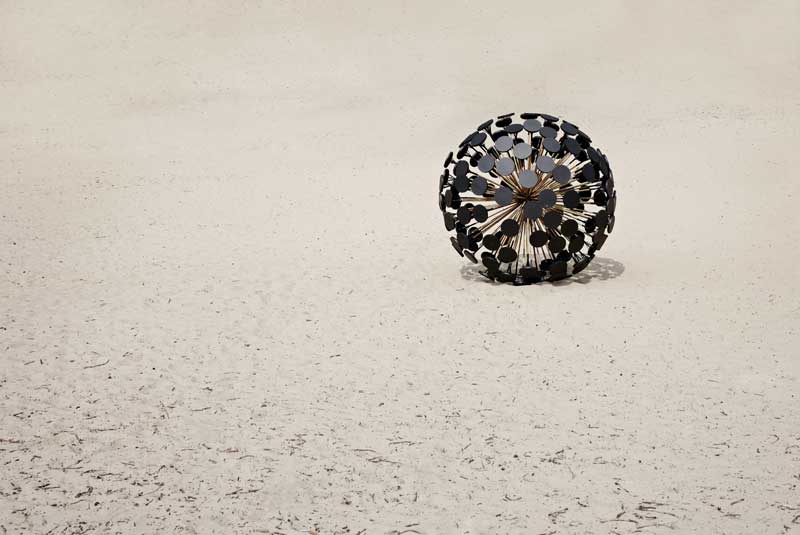
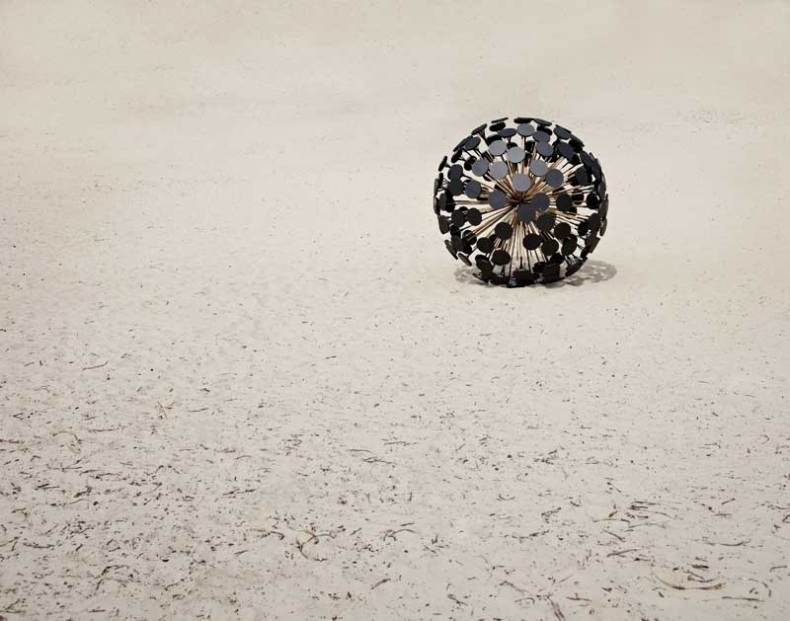
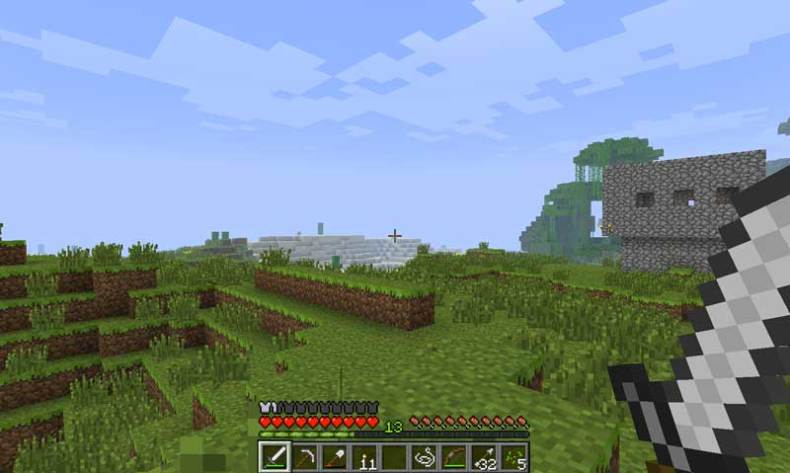
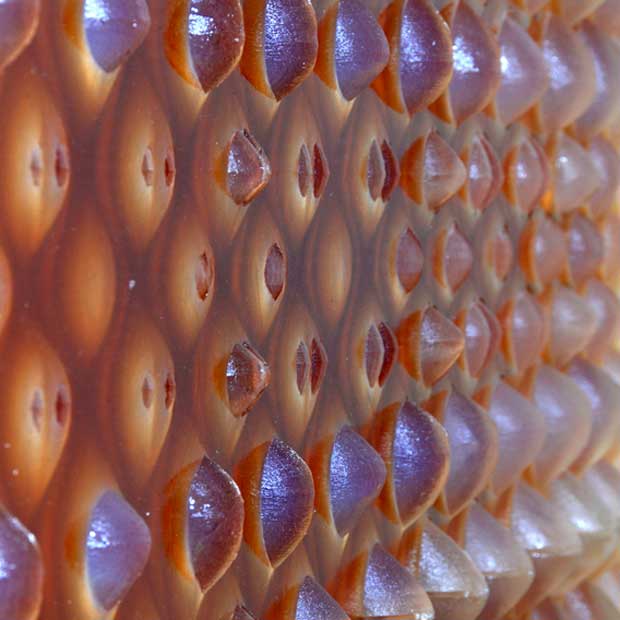
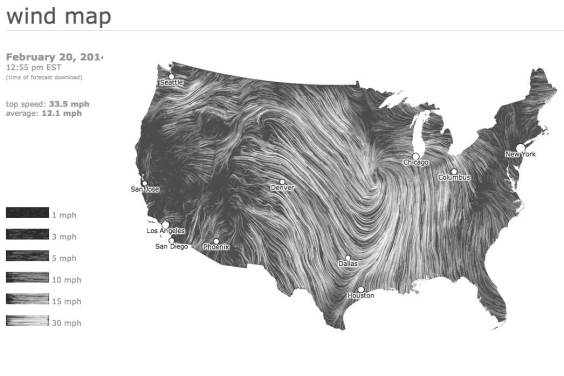
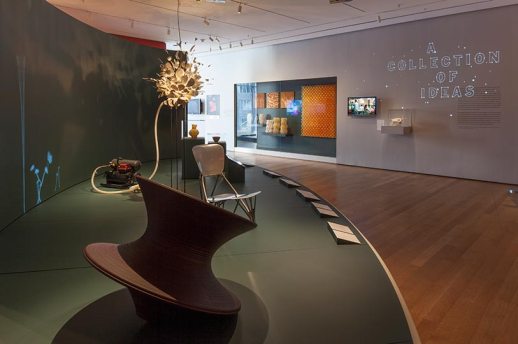
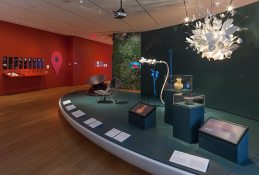
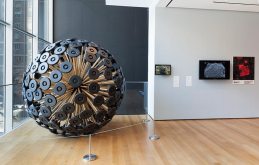
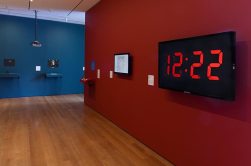
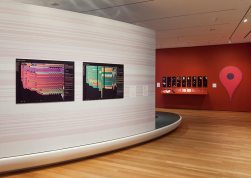
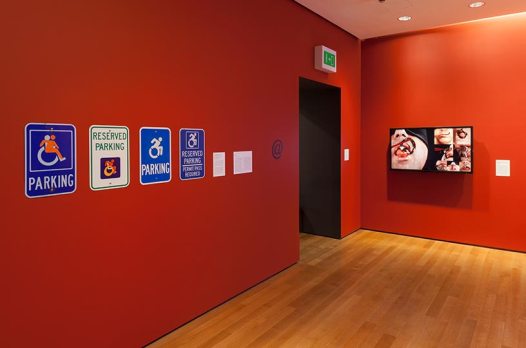
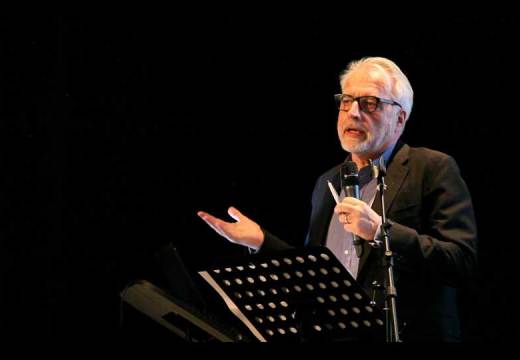
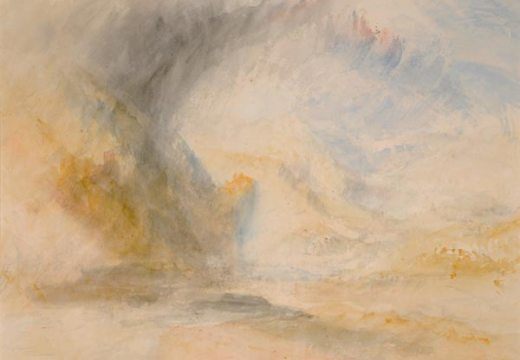
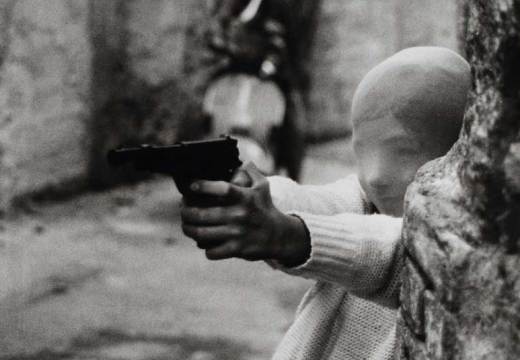









![Masterpiece [Re]discovery 2022. Photo: Ben Fisher Photography, courtesy of Masterpiece London](http://www.apollo-magazine.com/wp-content/uploads/2022/07/MPL2022_4263.jpg)
Why are fathers so absent from art history?